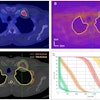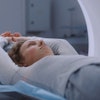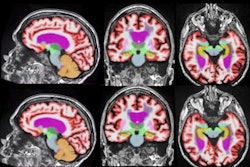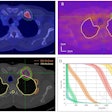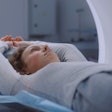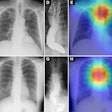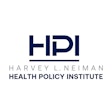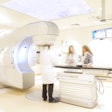Dear AuntMinnie Member,
In the ongoing debate over breast screening, a major point of contention has been how to interpret data from a large randomized controlled trial of screening mammography performed in Canada in the 1980s.
That trial found no benefits to breast screening -- a finding that was contradicted by several other large trials. But critics of the Canadian study have long had doubts about the methodology used in the study.
The concerns came to the fore in a new article that specifically details the major flaws in study design that these critics say raise questions about whether the Canadian study's findings can really be used to inform decisions about breast screening.
In other women's imaging news, research presented at last week's RSNA 2021 meeting found that digital breast tomosynthesis had a positive impact on several factors related to image interpretation during the COVID-19 pandemic. And in another study, researchers found that an ultrasound curriculum with phantom training improved the knowledge of radiation oncology residents when it came to gynecologic interstitial brachytherapy.
Get these stories and more in our Women's Imaging Community.
Liver elastography
In another one of our most popular articles of the past week, researchers from the Netherlands presented a study on the use of point shear-wave elastography for measuring liver elasticity in people with chronic liver disease.
And in a study presented at RSNA 2021, researchers found that Black individuals and elderly patients who present with transient ischemic attack are less likely to receive complete imaging workups.
Learn all the details in our Ultrasound Community.
AI for wrist fractures
Finally, visit our Artificial Intelligence Community to learn how an artificial intelligence (AI) model helped diagnose difficult cases of wrist fractures in pediatric patients. Also, learn how an AI algorithm helped detect changes in body composition over time in total-body dual-energy x-ray absorptiometry exams, as well as how a deep-learning model applied to CT exams helped clinicians detect type 2 diabetes.
